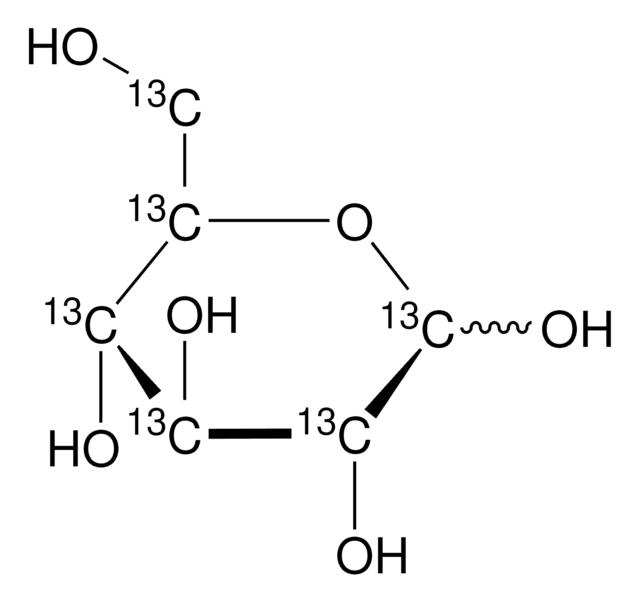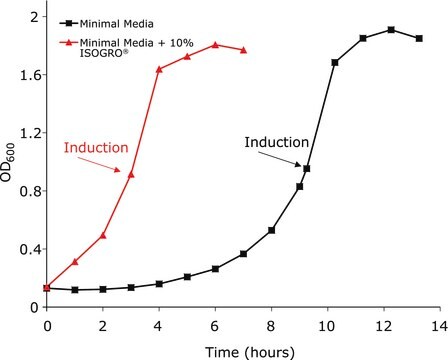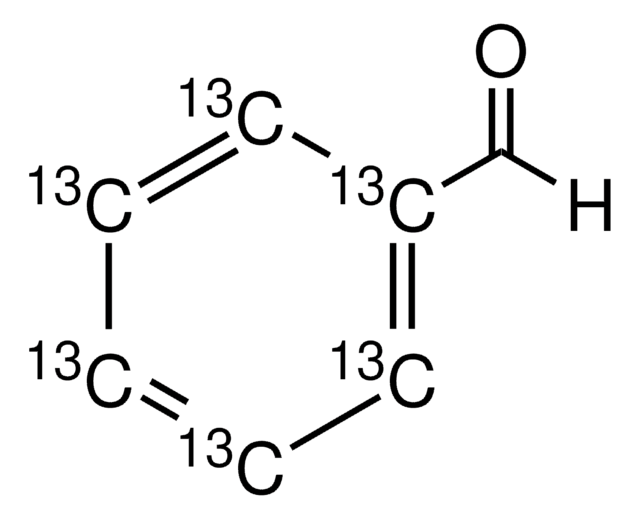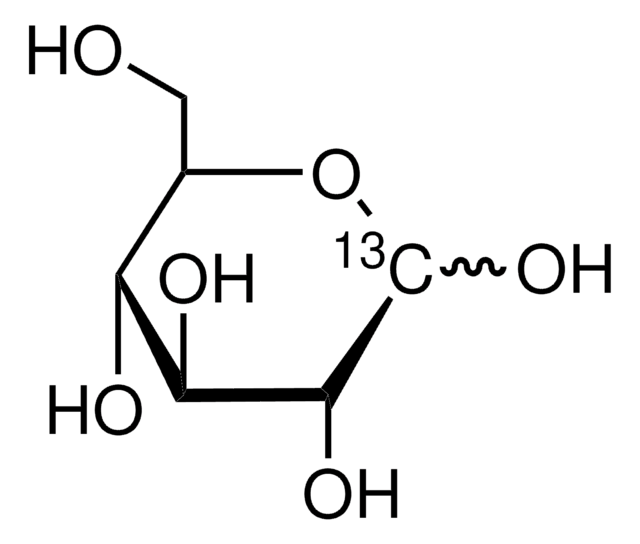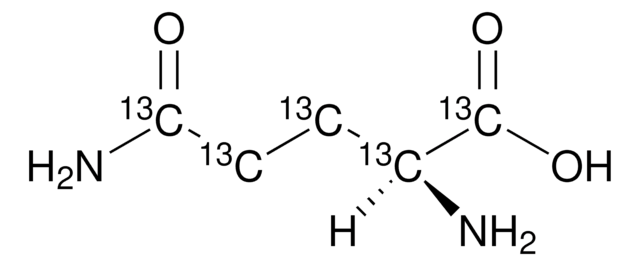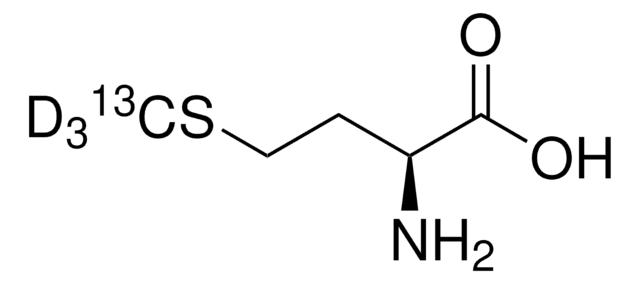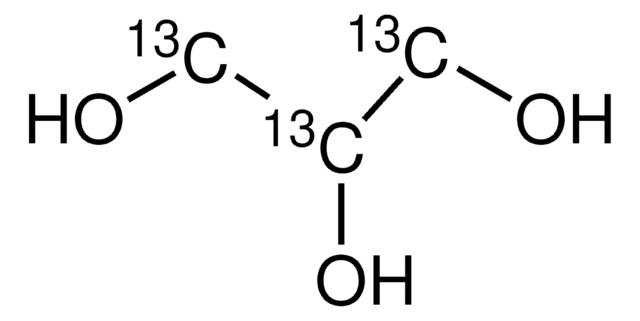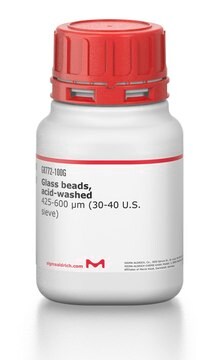606839
ISOGRO®-13C,15N Powder -Growth Medium
98 atom % 15N, 99 atom % 13C
About This Item
Produtos recomendados
pureza isotópica
99 atom % 13C
98 atom % 15N
forma
solid
técnica(s)
bio NMR: suitable
protein expression: suitable
temperatura de armazenamento
−20°C
Embalagem
Informações legais
Código de classe de armazenamento
11 - Combustible Solids
Classe de risco de água (WGK)
WGK 1
Ponto de fulgor (°F)
Not applicable
Ponto de fulgor (°C)
Not applicable
Certificados de análise (COA)
Busque Certificados de análise (COA) digitando o Número do Lote do produto. Os números de lote e remessa podem ser encontrados no rótulo de um produto após a palavra “Lot” ou “Batch”.
Já possui este produto?
Encontre a documentação dos produtos que você adquiriu recentemente na biblioteca de documentos.
Os clientes também visualizaram
Conteúdo relacionado
Protein structure provides valuable information that can be used to infer protein function. The study of protein structure and mapping of protein interactions, expression levels, and location enables the identification of disease biomarkers and potential drug targets for therapeutic treatment.
Nossa equipe de cientistas tem experiência em todas as áreas de pesquisa, incluindo Life Sciences, ciência de materiais, síntese química, cromatografia, química analítica e muitas outras.
Entre em contato com a assistência técnica